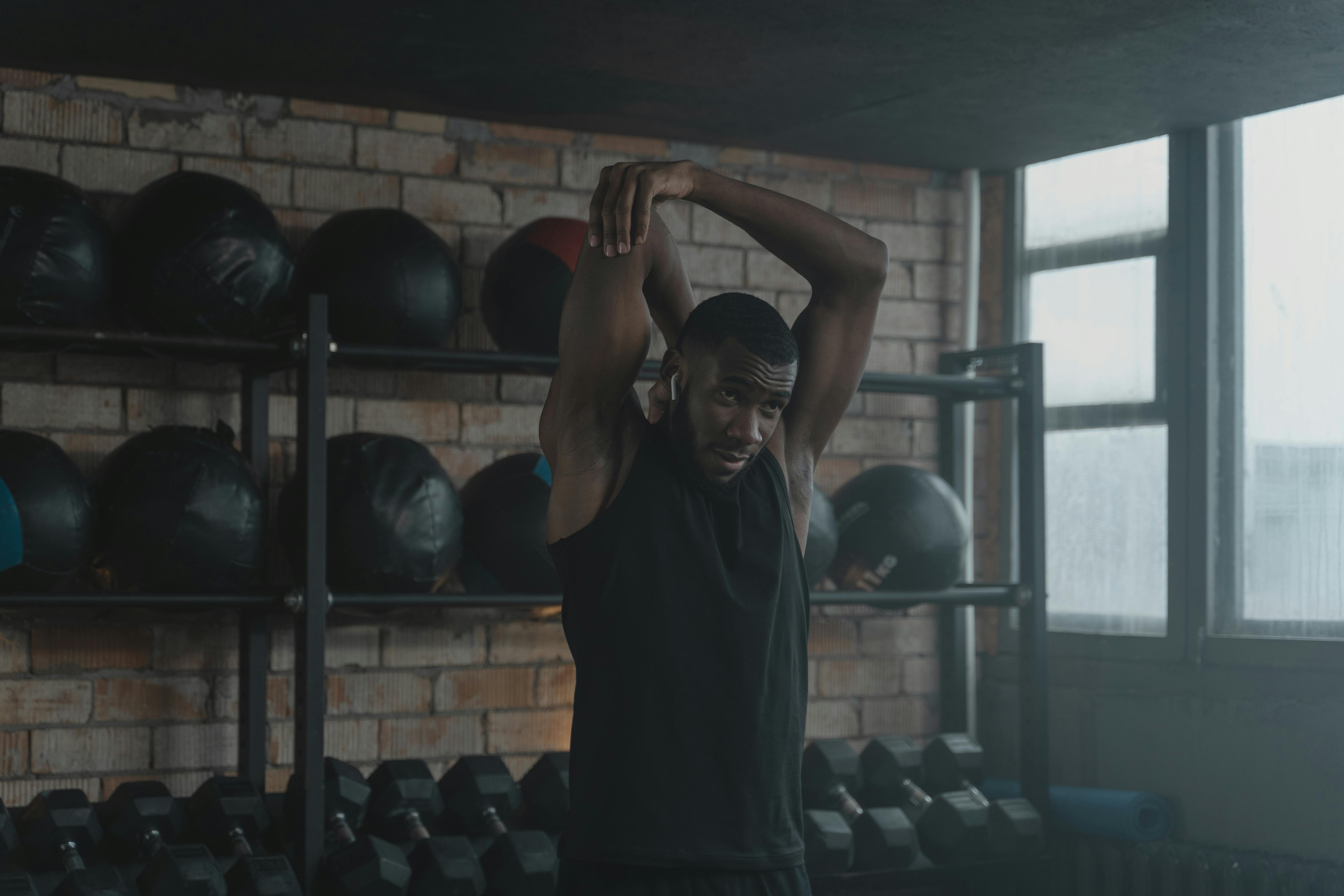the milkman
The milk came in quart-size glass bottles wide at the bottom, narrow at the neck, with an outer cap you threw away and an inner tabbed cap you put back on after pouring a glass.
You were Sheffield Farms or Borden’s and a Sheffield Farms customer wouldn’t drink a glass of Borden’s milk any more than a Giant fan would root for the Yankees to win the pennant. My family was Sheffield Farms all the time, and when we were taken to the plant in the third grade—I think it was on Eleventh Avenue in the 1930s—I felt like I was one of the owners. We watched them milk cows with machines, pasteurize the milk, put it in bottles and listen to them explain how Sheffield Farms’ milk was never touched by ‘human hands’.
That was before they homogenized milk. The cream always rose to the top and spread two or three inches into the bottle. It was thicker and more yellow than milk, you would shake the bottle to mix it or your parents would serve it for coffee. The heavy and light cream bottles came in half-pint replicas of the milk bottles.
The milkman was pulling his horse out of a row of brownstones, putting bottles of milk and cream into a metal container with square slots and a metal carrying handle. The brownstones had steps leading up to the first floor entrance, an open exterior door with glass panels, and then a small foyer with a locked interior door. The first-floor windows used to have window boxes full of red geraniums on the sills, and the family of the house left yesterday’s empty bottles in the hall with an envelope telling the milkman how many new bottles to leave. He would drop the new bottles on the ground, put the empty ones in their bin, and head to the next brownstone. Some houses wanted to leave their milk outside the basement entrance. This was three steps below street level, and the doors and windows were covered with black-painted wrought-iron bars.
When he arrived at an apartment building, the milkman carried heavy wooden boxes to the service elevators. The boxes had metal slots for the bottles and zip ties that held the boxes together when stacked inside the milk wagon. He would go from floor to floor, leaving the day’s delivery outside the service entrance of each apartment and picking up the empty ones. There were no self-service elevators in those days, so the elevator operator had to wait on each floor while the milkman made his deliveries. The delivery wagon and horse would be outside, the horse with its nose inside a canvas bag filled with oats. We would go up to him and pat him on the neck, or sometimes the milkman would take off his duffel bag and we would hold an apple or a sugar cube in our palms, so the horse would grab it without biting our fingers.
my aunt Margareta said they were quieter, more efficient and less smelly, but she always saw the good side of everything. I liked the clip-clop sound of them coming down the street and I didn’t mind the smell and was sorry when the horses disappeared.
By this time, the Japanese had occupied the east coast of China and controlled all ports except Hong Kong. Then France fell to the Nazis, the Japanese Navy entered Camranh Bay, moved 30,000 troops to Saigon, and signed the Tripartite Pact with Germany and Italy. Then the War began and the single-family houses were turned into boarding houses. They replaced the glass panel doors at the top of the stairs with solid doors that closed. By then the milkmen had left and we had to walk to Broadway or down to the Eighty-seventh Street Market to buy our milk.
